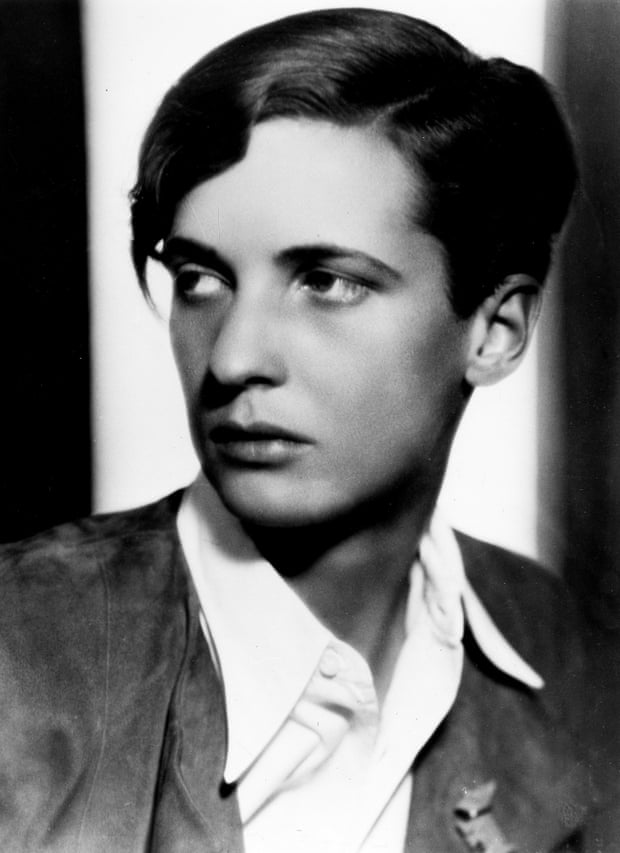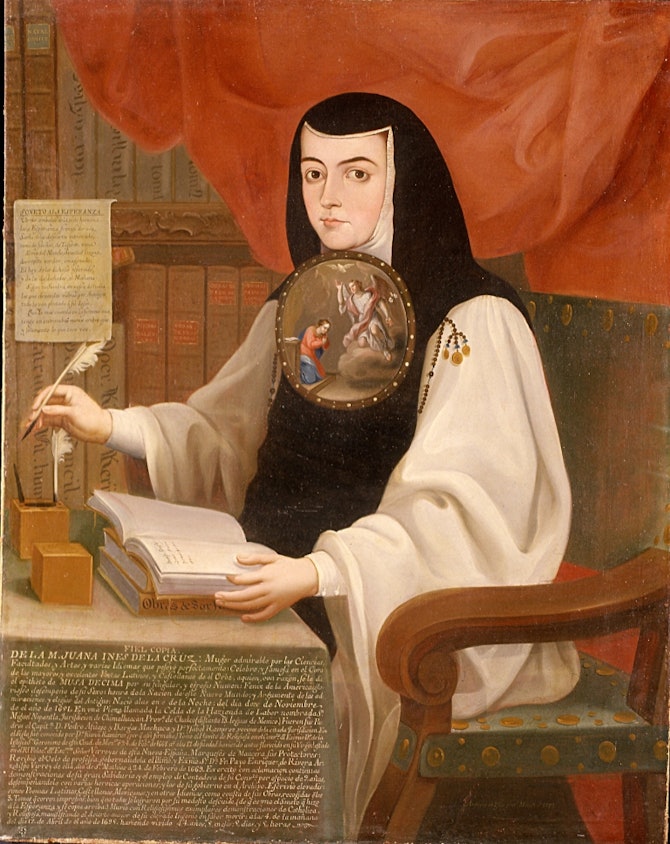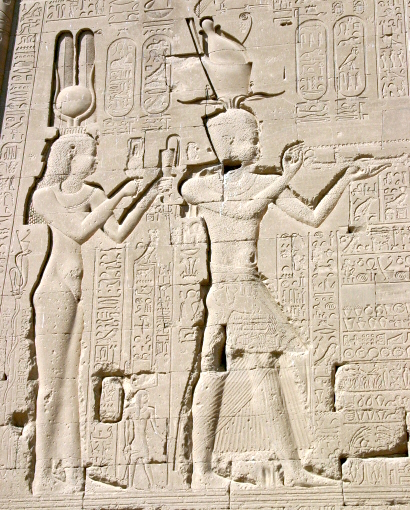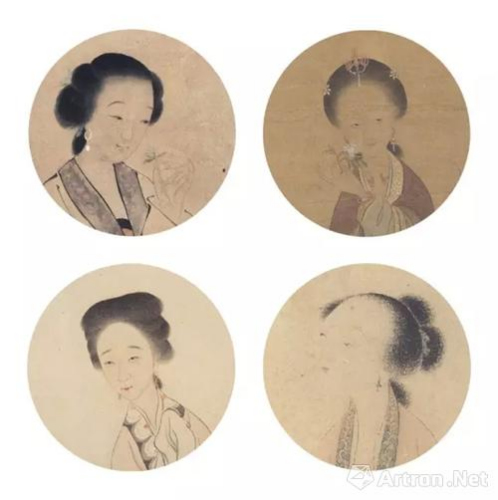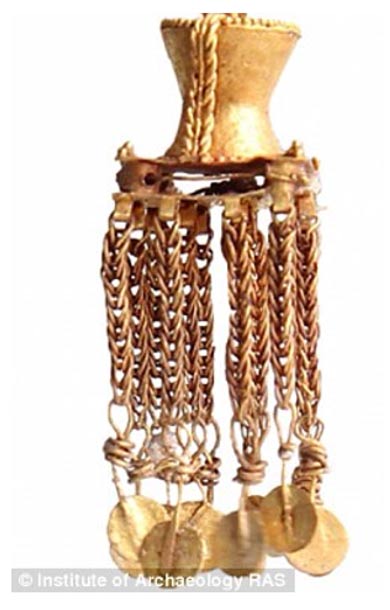 Priceless treasure hoard found in 1st century grave of Sarmatian woman in Russia | Ancient Origins
Priceless treasure hoard found in 1st century grave of Sarmatian woman in Russia | Ancient Origins
Archaeologists doing exploratory digging for an airport in Russia have found the grave of an apparent noblewoman with very valuable items, including a sword and knives, gold and silver jewelry, elaborately decorated clothing, a bronze mirror and a decorated bronze bucket. The 1st century AD grave is of the Sarmatian people, whose women are believed to have inspired Greek accounts of the warrior-women Amazons.
“It is interesting that there are two burials in this mound,” archaeologist Roman Mimokhod told the Mail the Russian Academy of Science's Institute of Archaeology. “One obviously belonged to a man and was totally looted. We found only some fragments of crockery and scattered bones. We will check the bones, but we are almost sure it was some noble man. The second burial belonged to the woman. We believe that it was a double burial of some noble Sarmatian and his wife.”
He said the discovery of the arrowheads is indirect confirmation of ancient historians' relating that Sarmatian women were involved in hostilities and battle. In addition, there was a harness, indicating she may have been a horse rider.

